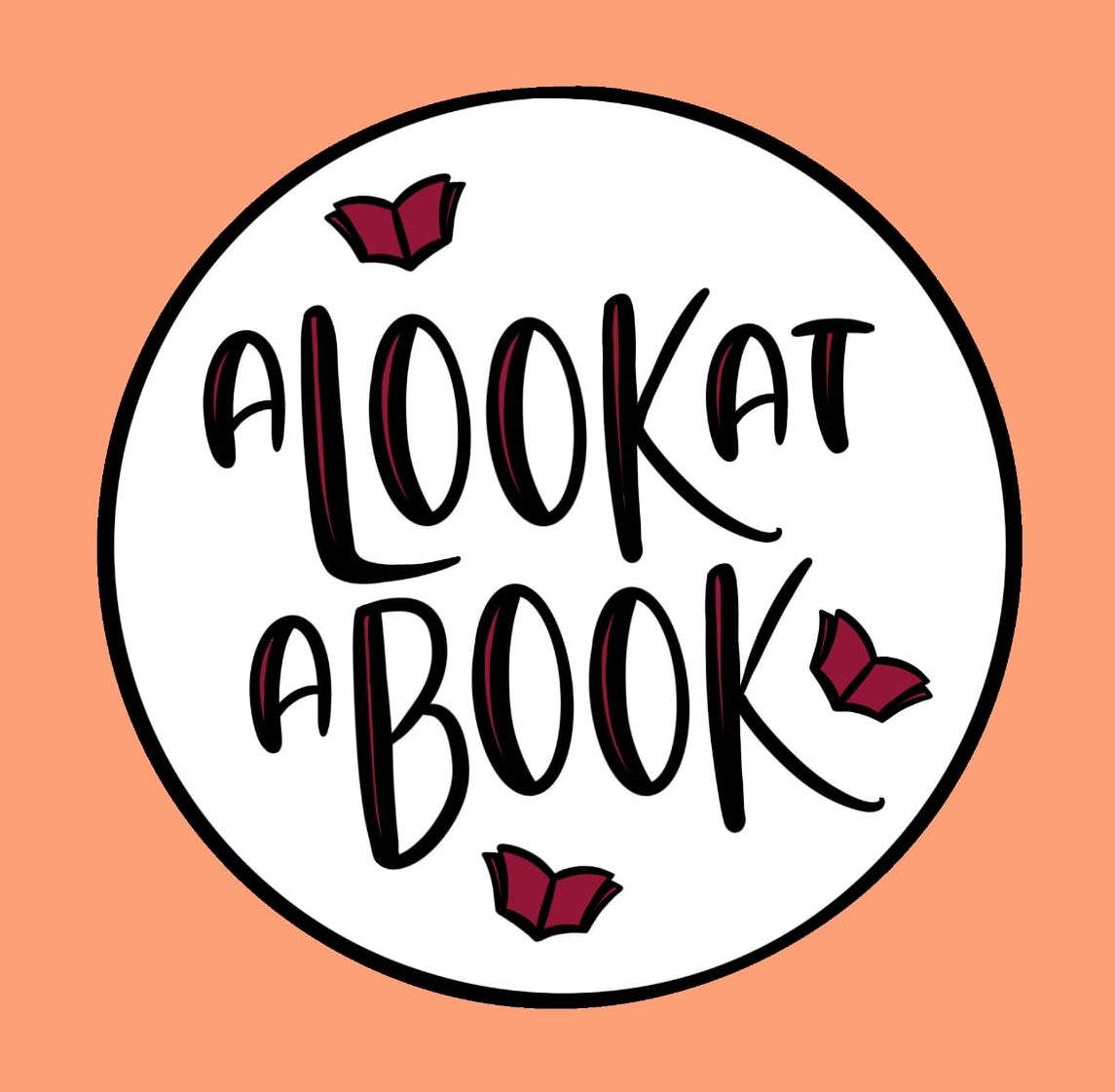Last year, toward the end of the school year, my co-teacher recommended a book to me for summer reading. I’ve worked with her long enough to know that her suggestions are good and worth considering 99% of the time. And that other 1% just needs a tweak to be amazing. She recommended the book to me because I was going on and on in all of our conversations about all of my ideas for organizing my classroom library over the summer and how I was going to improve my ELA scope and sequence for the 2019-2020 school year.
The book she recommended is The Book Whisperer by Donalyn Miller, a sixth grade ELA teacher in Keller, Texas.

Over the summer, I checked the book out of the library and decided to give it a shot, even though I wasn’t sure how interesting it would be. I mean, let’s be honest: even worthwhile PD books aren’t necessarily engaging. They’re just good for us. Like kale.
But Y’ALL. This book changed my teacher LIFE. I read it almost as fast as I read novels. Rather than feeling discouraged by how far I had to go to reach the heights of teacher excellence, I felt encouraged that I was already on the right track and I was inspired to try out some of her ideas to take myself even further. I agree so deeply with her philosophy of growing lifelong readers that she really didn’t have to convince me to agree with her perspective. I felt like I was reading a book written by a kindred spirit, or my teacher doppelganger. Along with her philosophy, she explained how she organizes her classroom library and gave me so many ideas for how to create a culture of reading in the classroom in order to encourage even the most reluctant reader.
One of the reasons her book is so engaging is that it is all couched in anecdotal stories. Stories are one of the best ways to teach. You’ve experienced boring speakers and stellar speakers at some point in your life, I’m sure: the best speakers are the ones who have energy, include humor, and sprinkle in stories that illustrate points. Stories make lessons more memorable. Our brains are generally wired this way. So rather than stating abstract, yawn-inducing data, the numbers that illustrated her approach’s success were couched in stories of real-life students. I was able to think of past students who had similar reading habits and think about how to apply her ideas directly to my own teaching. It was so inspiring to hear the numbers of books kids read in her classroom compared to prior school years. I couldn’t wait to try it out for myself.
The one downside to this book is that I kept wanting her to explain her actual reading instruction time. I’d get to a point and think “Surely now she’s going to discuss it,” but she never did. So while this book is great for helping teachers adopt an approach that encourages a love of reading itself, rather than reading to pass a test, and it helps you organize a classroom library, don’t expect it to help you with whole group and guided reading group lessons, apart from recommending the Fountas and Pinnell tome Guiding Readers and Writers.
Slight disappoint aside, I still found lots of great takeaways that I applied in my classroom this past year, with my own twist, of course. As I tell you about those changes in future posts, I won’t be quoting from the book and I may not even remember her exact systems. If you want to hear the basis for my changes, or if you teach reading, you should really read the book for yourself! There’s always room for improvement, and when changes you make in your teaching produce changes in your students’ learning, they are well worth the effort.
In later posts, I’ll tell you:
- how I organized my classroom library
- how I protect all of my book covers
- how I keep track (mostly) of checked out books
- Middle-grade must-haves for your library
- Essential mini-lessons to start your reading year
- why it’s so important to model a reading life


Leave a comment